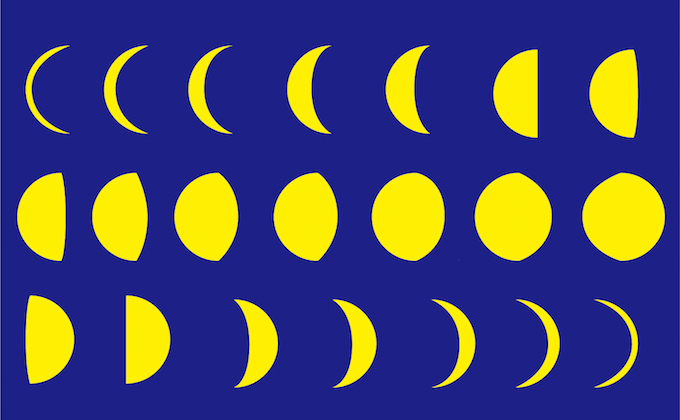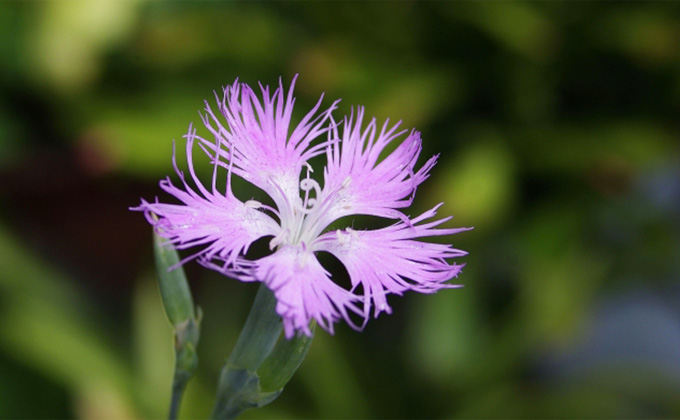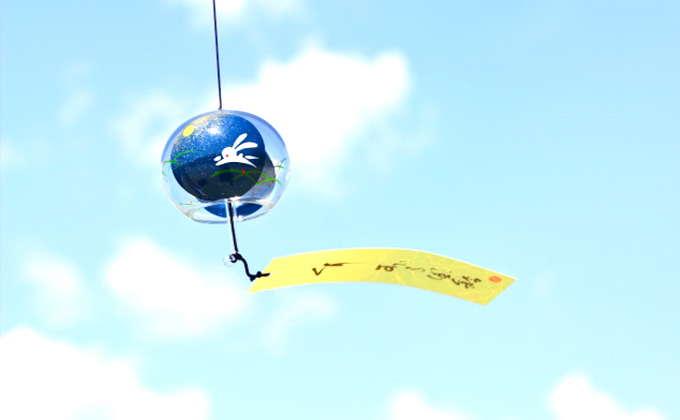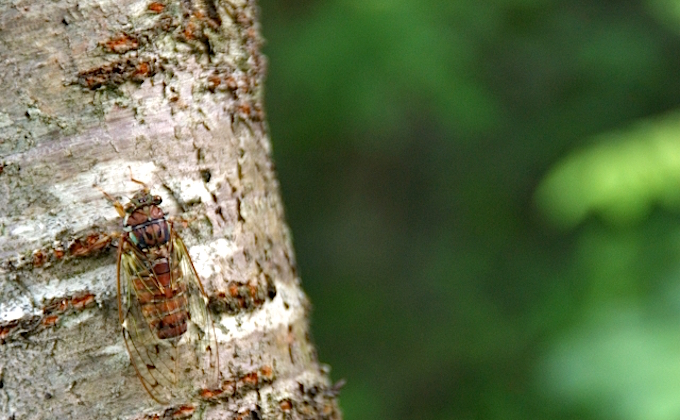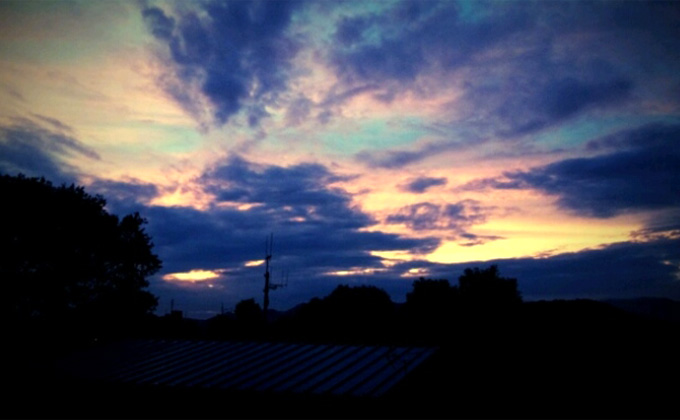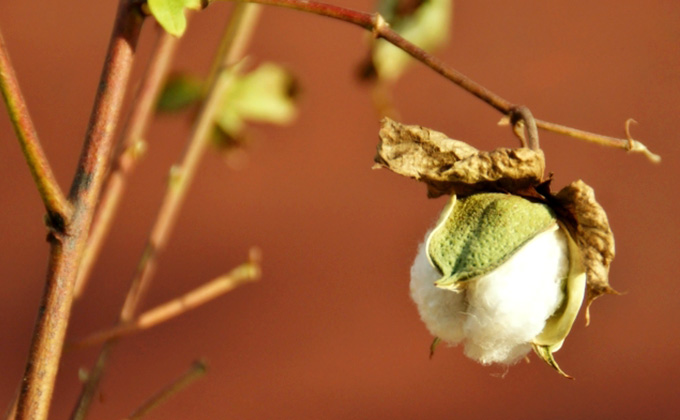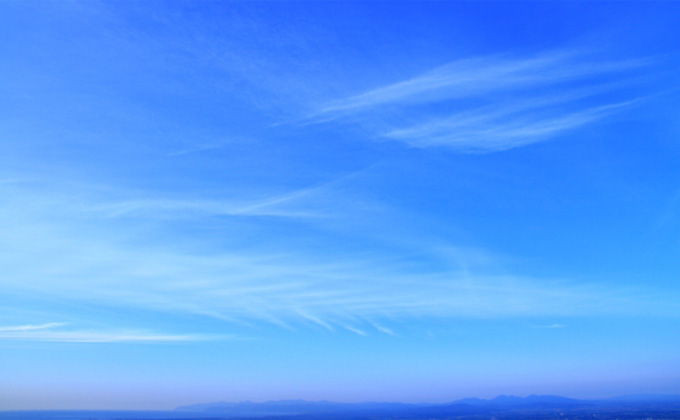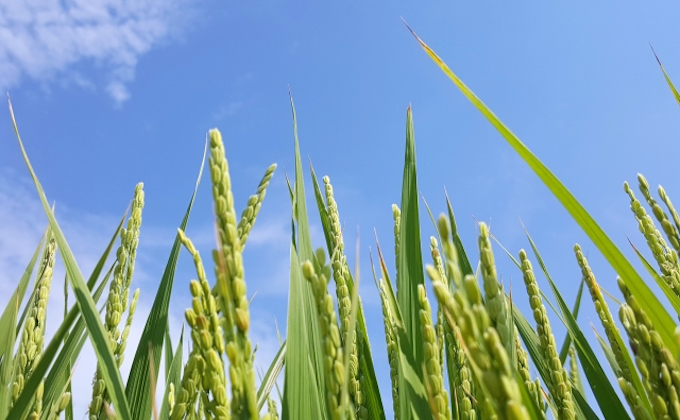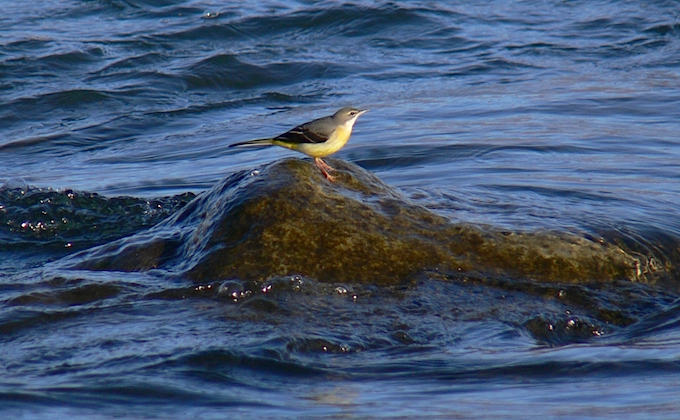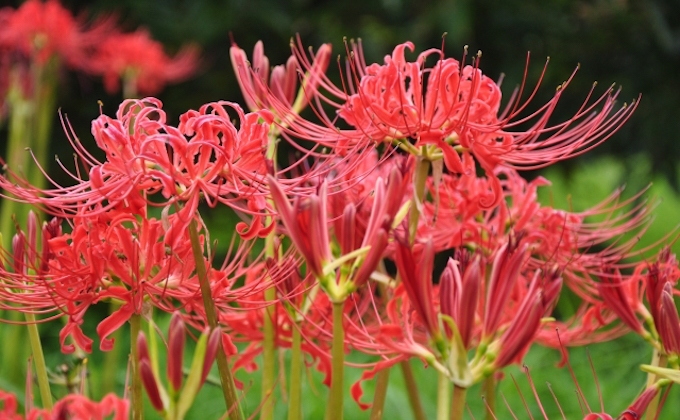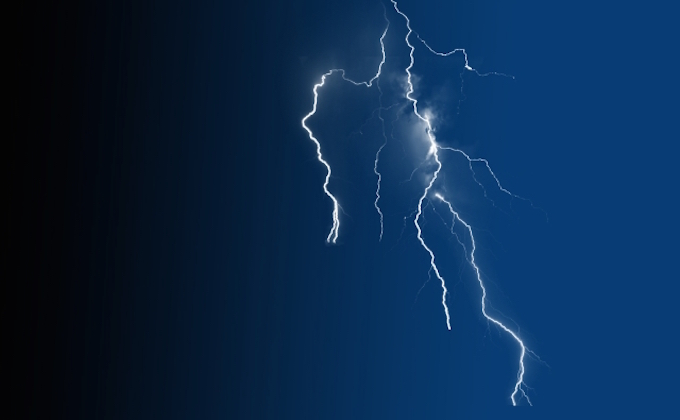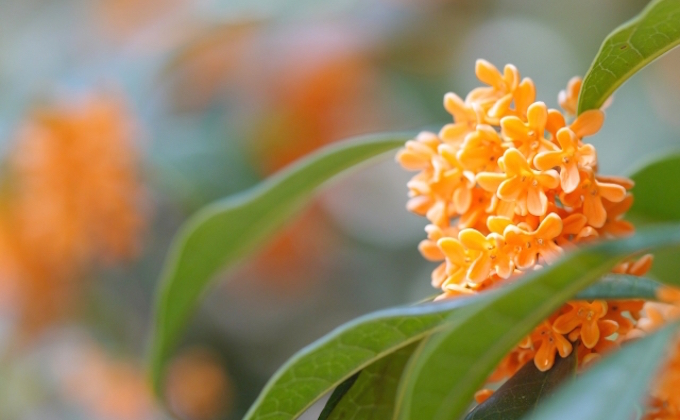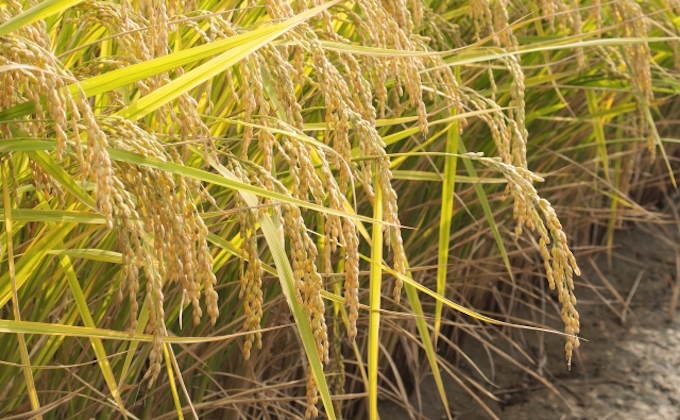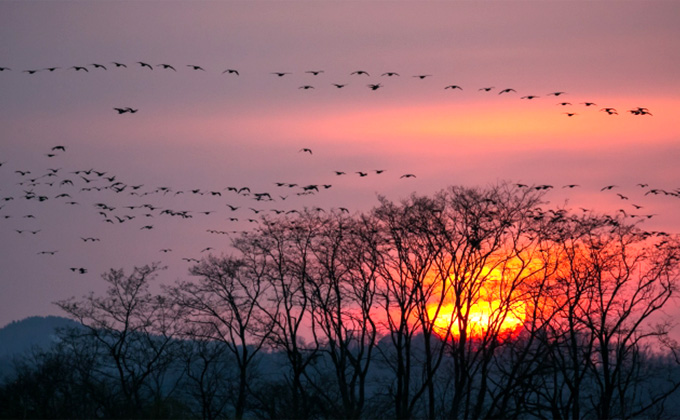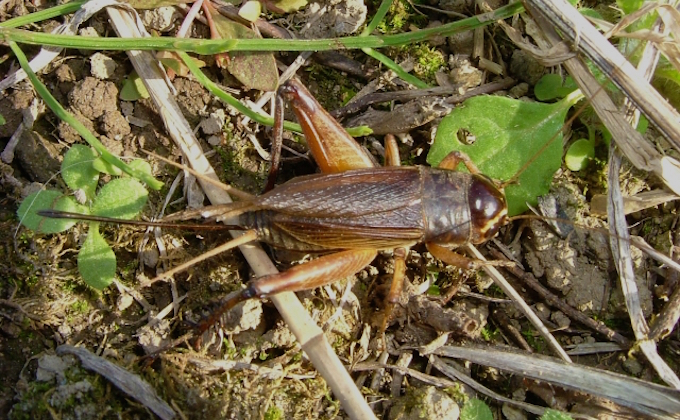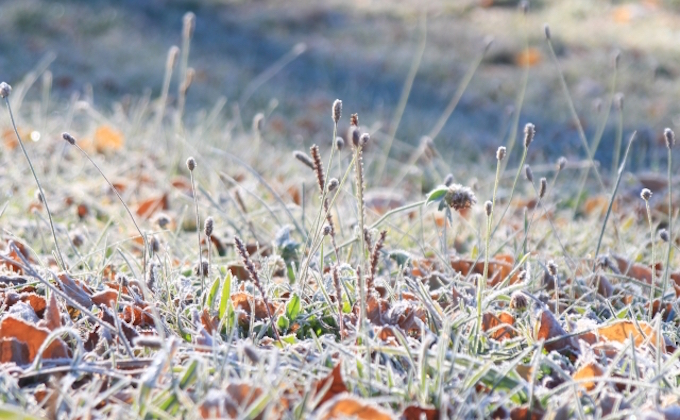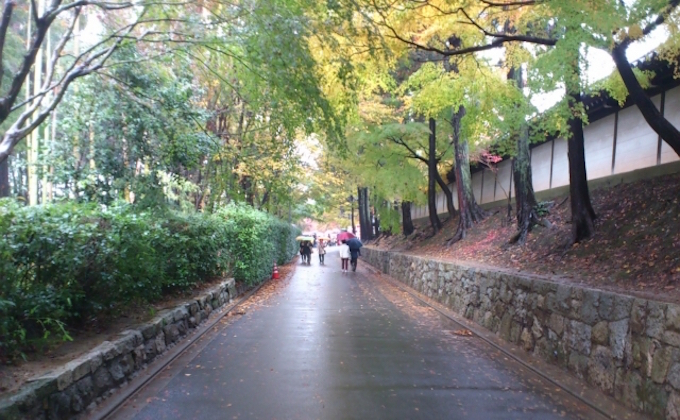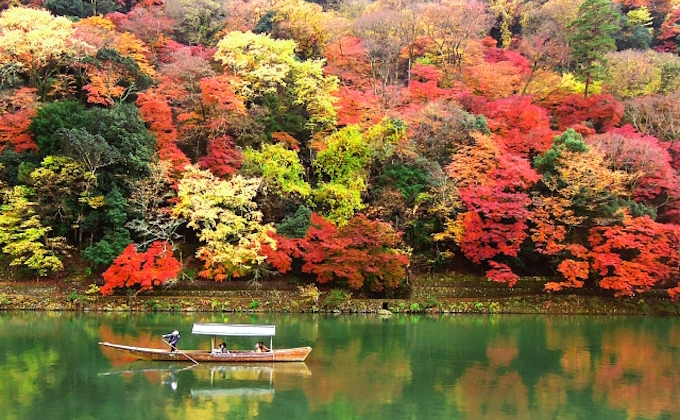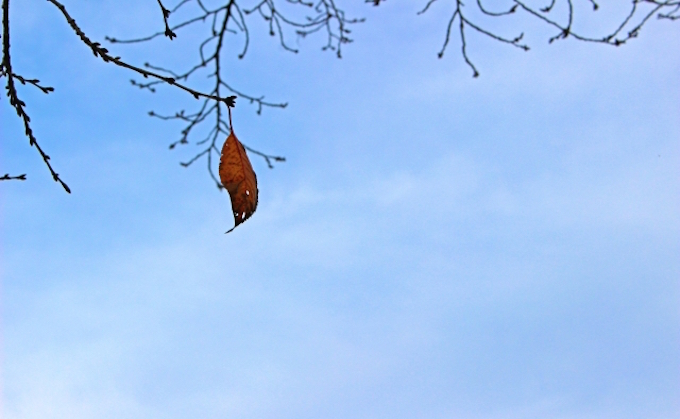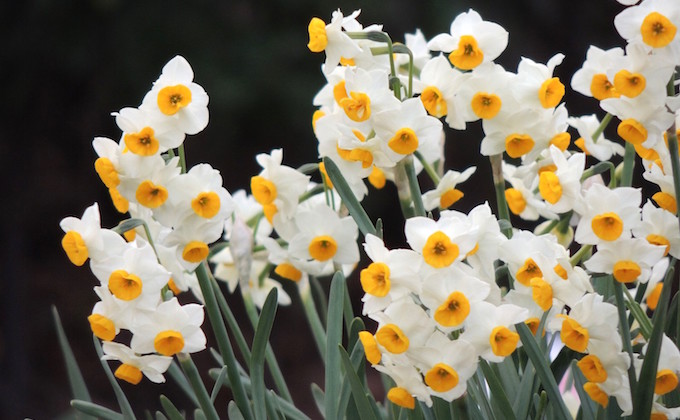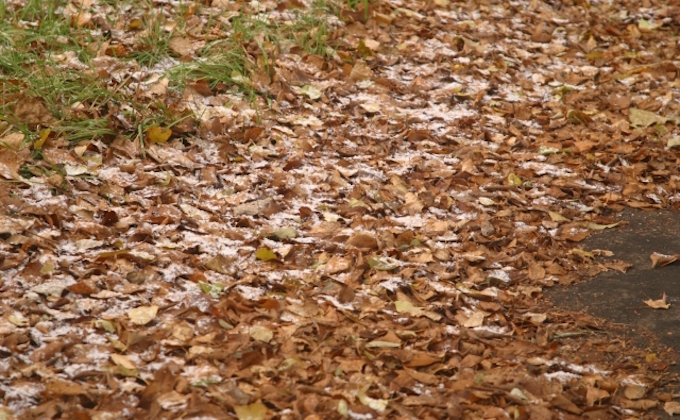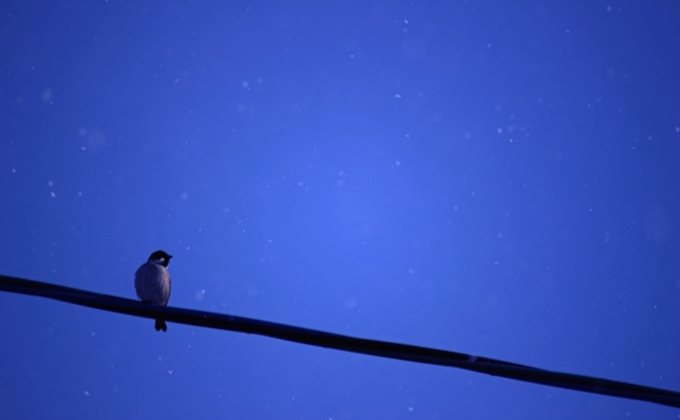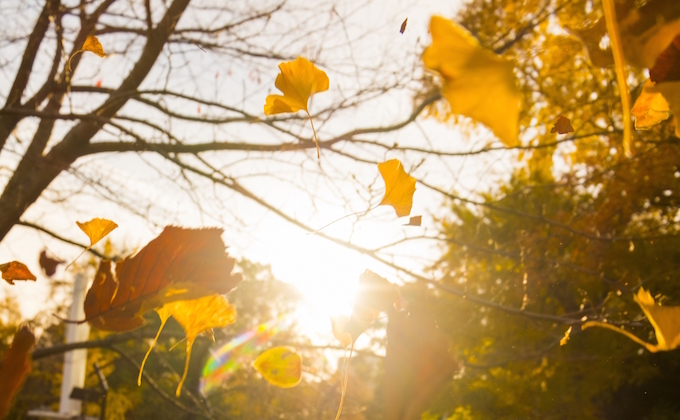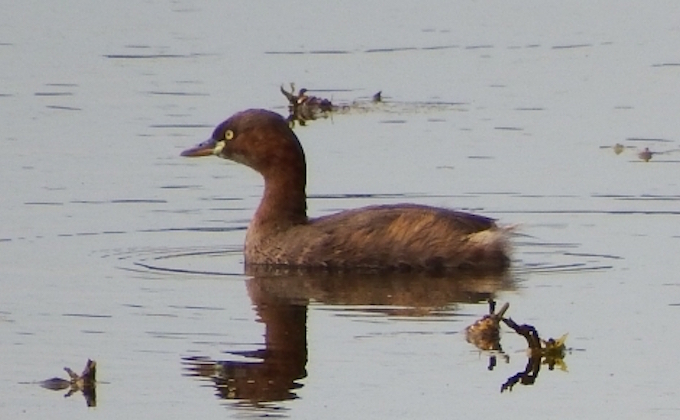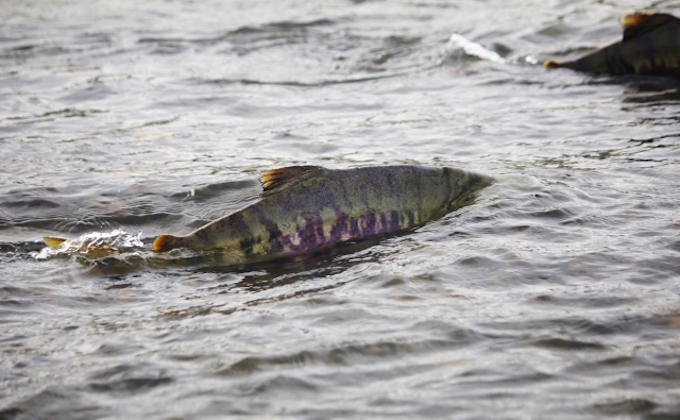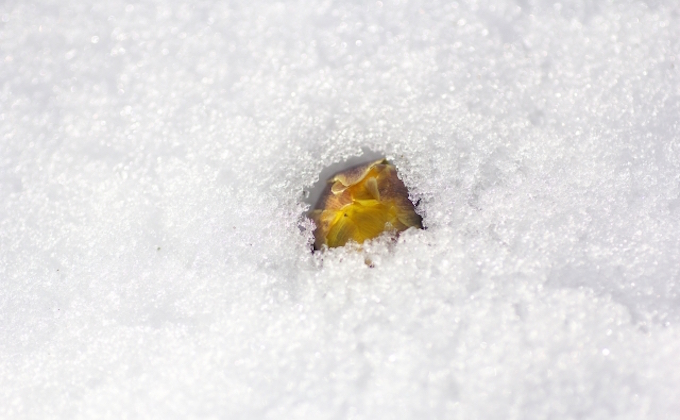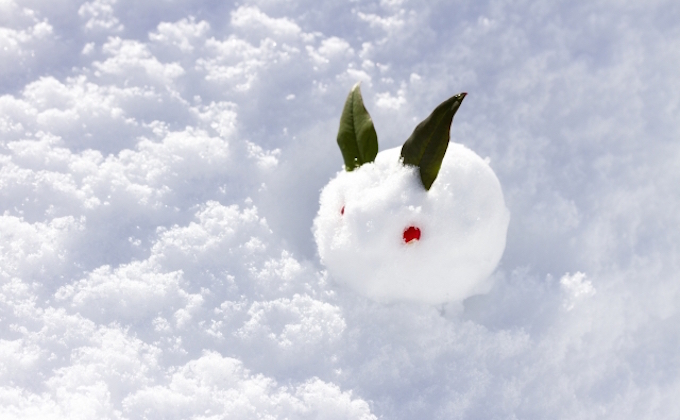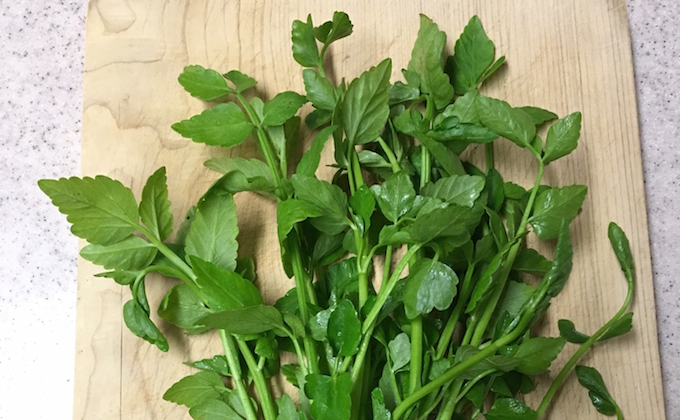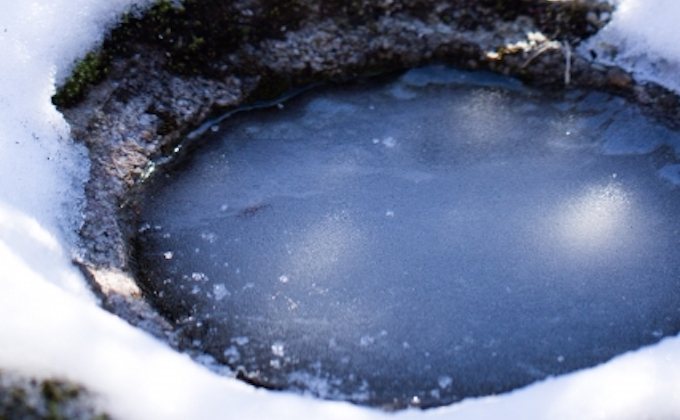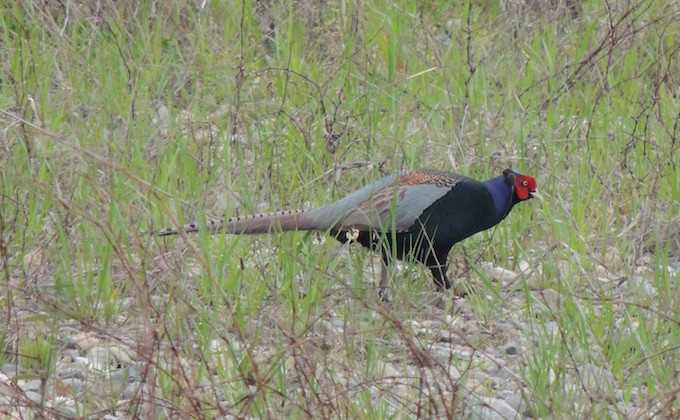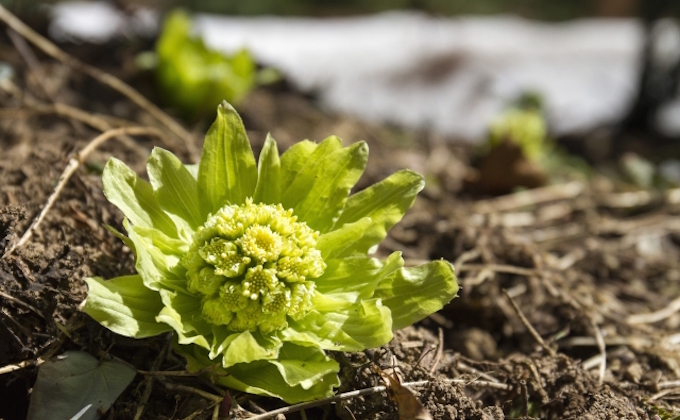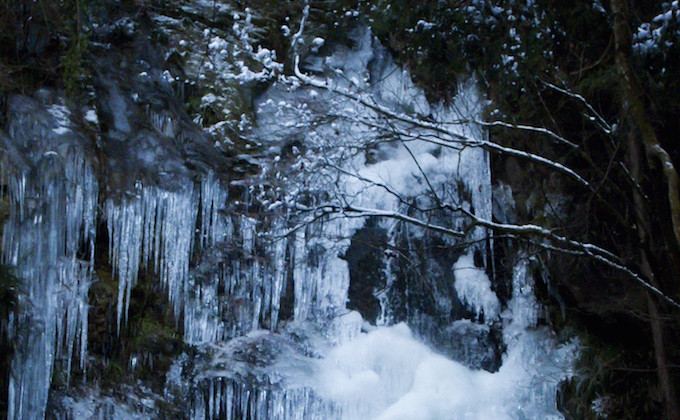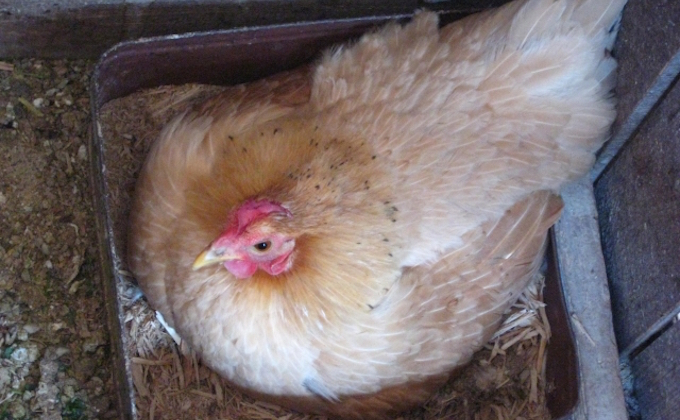24 Sekki and 72 Ko (Autumn and Winter)
◉ Early Autumn: July on the old calendar / August on the new calendar
■ 立秋 Risshu (Beginning of Autumn)
Around the 8th of August on the new calendar.
We can feel the signs of autumn.
涼風至 Suzukaze Itaru
Cool winds begin blowing.
寒蝉鳴 Higurashi Naku
Evening cicadas chirp.
蒙霧升降 Fukaki Kiri Matou
Heavy fog rolls in.
■ 処暑 Shosho (End of Heat)
Around the 23rd of August on the new calendar.
Heat of summer recedes.
綿柎開 Wata no Hanashibe Hiraku
Cotton plants produce white fibers.
天地始粛 Tenchi Hajimete Samushi
Heat recedes.
禾乃登 Kokumono Sunawachi Minoru
Rice grows and ripens.
◉ Mid-Autumn: August on the old calendar / September on the new calendar
■ 白露 Hakuro (White Dew)
Around the 8th of September on the new calendar.
White dew forms on the grass.
草露白 Kusa no Tsuyu Shiroshi
Moisture in the air gets cold and becomes glistening white dew.
鶺鴒鳴 Sekirei Naku
Wagtails sing.
玄鳥去 Tsubame Saru
Swallows leave for the south.
■ 秋分 Shubun (Autumn Equinox)
Around the 23rd of September on the new calendar.
The middle day of the seven days of the Higan period of Japanese Buddhism. Day and night become nearly equal in length.
雷乃収声 Kaminari Sunawachi Koe wo Osamu
Thunder stops.
蟄虫坏戸 Mushi Kakureteto wo Fusagu
Insects begin preparing for hibernation.
水始涸 Mizu Hajimete Karuru
Rice paddies are drained to dry for harvesting.
◉ Late Autumn: September on the old calendar / October on the new calendar
■ 寒露 Kanro (Cold Dew)
Around the 8th of October on the new calendar.
Autumn deepens and cold dew forms on the grass.
鴻雁来 Kogan Kitaru
Wild geese arrive from the north.
菊花開 Kiku no Hana Hiraku
Chrysanthemums start blooming.
蟋蟀在戸 Kirigirisu ni Ari
Autumn insects start chirping.
■ 霜降 Soko (First Frost)
Around the 23rd of October on the new calendar.
First frost sets in.
霜始降 Shimo Hajimete Furu
The year’s first frost forms.
霎時施 Kosame Tokidoki Furu
Light rain sometimes falls.
楓蔦黄 Momiji Tsuta Kibamu
Leaves turn red and yellow.
◉ Early Winter: October on the old calendar / November on the new calendar
■ 立冬 Ritto (Beginning of Winter)
Around the 7th of November on the new calendar.
We can feel the signs of winter.
山茶始開 Tsubaki Hajimete Hiraku
Sasanqua flowers bloom.
地始凍 Chi Hajimete Koru
The ground starts to freeze.
金盞香 Kinsenka Saku
Narcissus flowers bloom.
■ 小雪 Shosetsu (Light Snow)
Around the 22nd of November on the new calendar.
It gets colder and rain turns into snow.
虹蔵不見 Niji Kakurete Miezu
Rainbows are rarely seen.
朔風払葉 Kitakaze Konoha wo Harau
The north winds blow leaves from the trees.
橘始黄 Tachibana Hajimete Kibamu
Tachibana oranges turn yellow and ripen.
◉ Mid-Winter: November on the old calendar / December on the new calendar
■ 大雪 Taisetsu (Heavy Snow)
Around the 7th of December on the new calendar.
Snow starts to fall and pile up.
閉塞成冬 Sora Samuku Fuyu to Naru
Dark, winter clouds are all over the sky.
熊蟄穴 Kuma Ana ni Komoru
Bears begin hibernating.
魚厥魚群 Sake no Udo Muragaru
Binds of salmon swim up rivers.
■ 冬至 Toji (Winter Solstice)
Around the 22nd of December on the new calendar.
The shortest day/longest night of the year.
乃東生 Natsukarekusa Shozu
Common self-heal plant sprouts.
麋角解 Sawashika Tsuno Otsuru
Deer shed antlers.
雪下出麦 Yuki Watarite Mugi Nobiru
Wheat sprouts under the snow.
◉ Late Winter: December on the old calendar / January on the new calendar
■ 小寒 Shokan (Early Cold)
Around the 5th of January on the new calendar.
Cold season starts, growing colder and colder.
芹乃栄 Seri Sunawachi Sakau
Japanese parsley flourishes by the waterside.
水泉動 Shimizu Atataka wo Fukumu
Frozen natural springs start to thaw.
雉始鳴 Kiji Hajimete Naku
Japanese pheasants sing for the first time that year.
■ 大寒 Daikan (Greater Cold)
Around the 20th of January on the new calendar.
It is the coldest time of the year.
款冬華 Fuki no Hana Saku
Fuki butterbur sprouts.
水沢腹堅 Sawamizu Kori Tsumeru
Streams freeze over.
鶏始乳 Niwatori Hajimete Toya ni Tsuku
Hens start to lay eggs.
To return to Part 1 of this article, please click here.
Want to know more? Follow the links below to continue your virtual Japanese adventure.






